One of the most intriguing footnotes of World War II comes to light in Shadows of Freedom, a vivid documentary by Canadian filmmakers Amos Carlen and Aline Robichaud now available on VOD/Digital platforms.
On November 8, 1942, in Operation Torch, a flotilla of more than 100,000 American and British troops landed in Algeria and Morocco, North African colonial protectorates held by the pro-German Vichy French regime. The first Anglo-American blow against the Axis powers, Operation Torch was a prelude to further Allied attacks on enemy positions.
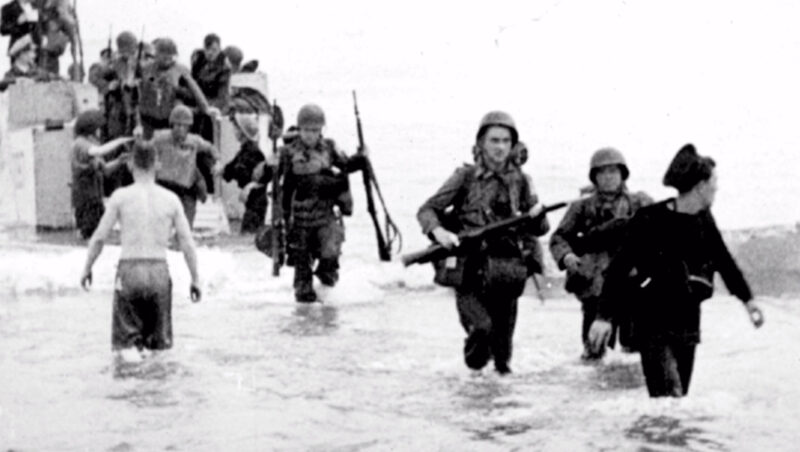
Several hours before allied troops disembarked in Algiers, the capital of Algeria, 400 members of the local resistance movement, some of whom were Jewish, came to their assistance by neutralizing the city. They disabled telephone lines to France, captured vital installations and arrested key figures of the Vichy regime.
It was the first and only instance during which Jewish resistance fighters had an impact on the war, according to Carlen and Robichaud.
In the wake of Germany’s invasion of France in the spring of 1940, a collaborationist regime, headed by Henri Philippe Petain and based in the southern town of Vichy, proceeded to govern the country. Antisemitic laws soon stripped Jews of their rights and subjected them to persecution and deportations to Nazi concentration camps.
Jews in the French colonies of Algeria and Morocco were deprived of their citizenship, which they had acquired through the 1870 Cremieux Decree, which was named after the French Jewish justice minister Adolphe Cremieux.
North Africa, including Tunisia, was home to several hundred thousand French Jews when the war broke out. They were included on a list of Jews that Nazi Germany intended to murder during the Holocaust.
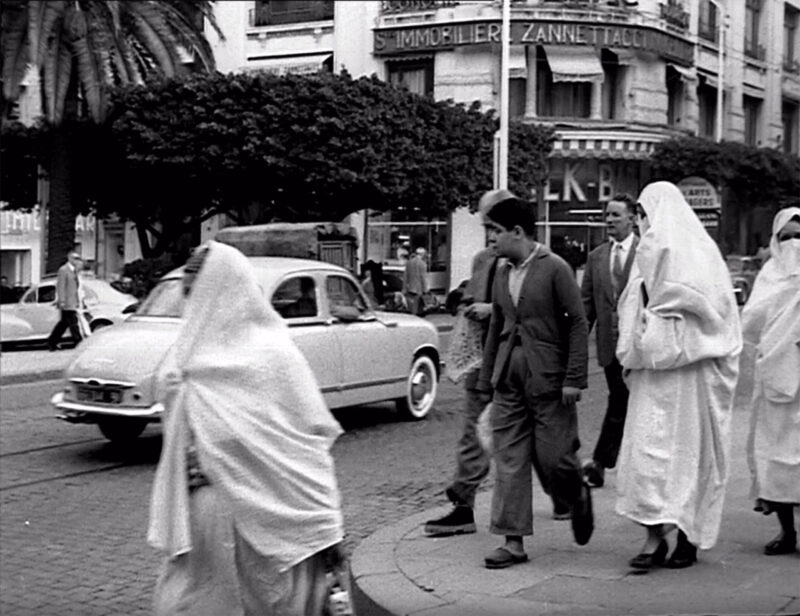
In Algiers, several hundred Jewish men between the ages of 18 and 40 joined a resistance movement. Its objectives were to overthrow the local Vichy government and to bring France into the war on the side of the Allies. One of its leading figures was a medical student, Jose Aboulker (1920-2009), who appears in old clips in the film. His testimony is augmented by commentaries from historians.
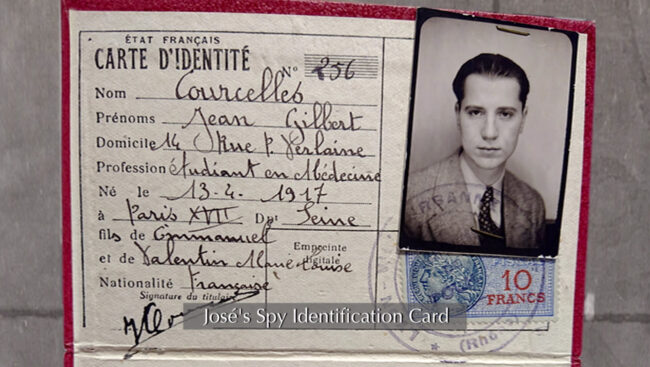
As Carlen and Robichaud point out, Operation Torch, designed in part to open a second front and thereby relieve German pressure on the Soviet Union, was a test of Anglo-American cooperation and of the relationship between U.S. President Franklin Roosevelt and British Prime Minister Winston Churchill.
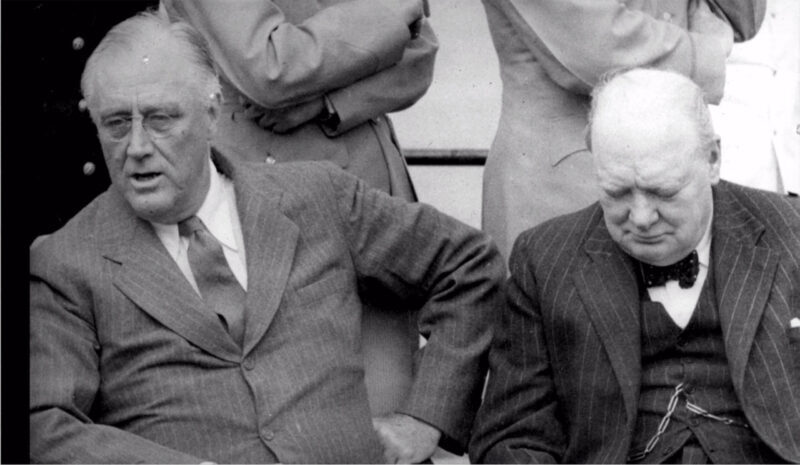
After a lengthy debate, both sides decided to hit the Germans indirectly by striking their Vichy ally in Algeria and Morocco. The proposed amphibian assault had the full backing of Charles de Gaulle, the head of the French Free Forces.
The plan was to occupy two cities in Algeria, Algiers and Oran, and one city in Morocco, Casablanca. A force was assembled under the supreme command of an American general Dwight Eisenhower.
As the United States and Britain readied themselves for Operation Torch, French resisters in Algiers trained for their sabotage mission. They lacked professional military training and sufficient arms, but were highly motivated.
With the Allied force approaching Algiers, the saboteurs took possession of the central police station and other important sites, severed phone connections and detained top-ranking Vichy officials.
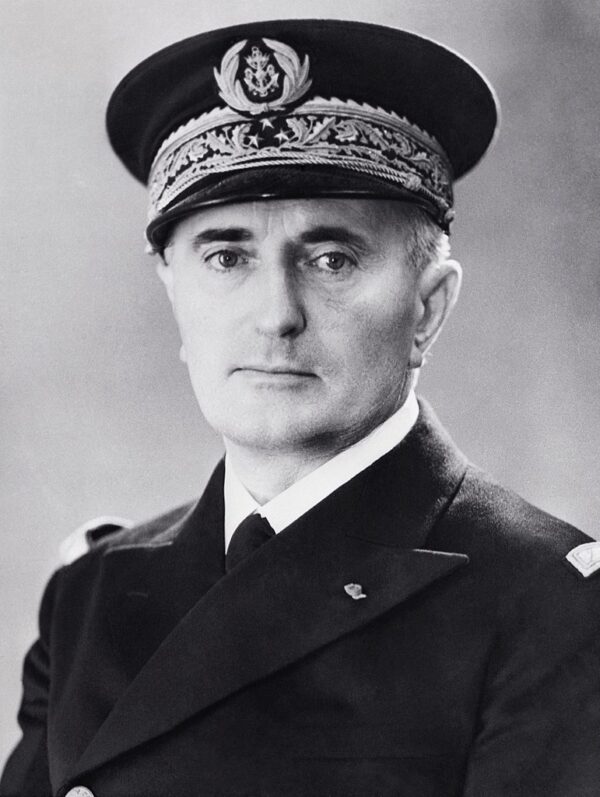
Much to the consternation of the Germans, Admiral Francois Darlan, the Vichy high commissioner in Algeria, surrendered. But to the bitter disappointment of the French resistance movement, Darlan and his lieutenants were retained by the Americans and the British to govern Algeria.
These events prompted Germany to occupy Vichy France and invade Tunisia. Yet Operation Torch provided Algerian Jewish freedom fighters with a chance to exert a meaningful influence on the outcome of the war.
